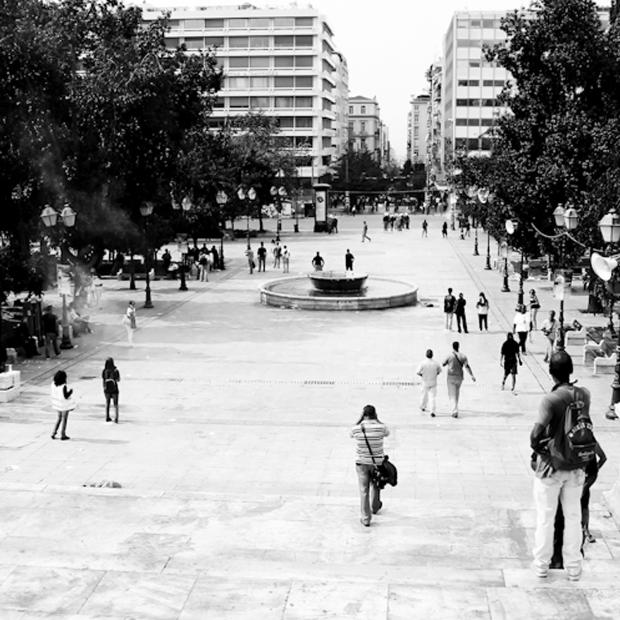
Join the colloquy
The Future of the Public Humanities
more
This Colloquy is conceived to demonstrate that a truly public humanities will encourage critical attention to its own premises. The arguments and questionings gathered here generally proceed from an awareness of the long history of intellectual work addressed to the public. They tend to recognize both that now scholarship may go public in more channels than ever—from publication to video to new media—and that, for good reasons, some of the most important work of our time will never find a wide audience. In light of these realities, one might begin by inquiring how the two terms, public and humanities, change as they come into contact, and how what they mean together might be different from what they mean apart.
Judith Butler's essay, which appeared in a number of the journal Daedalus dedicated to "The Humanities in American Life" in 2022, sets a frame around the Colloquy by insisting that the public humanities must exist not to promote the relevant fields of study for instrumental or market-driven purposes, nor to serve or advertise, but to bring a truly public dimension to the work humanists do. Butler envisions that public dimension as introducing topics of the broadest concern into the work of the humanities, at best reorienting both "the mission of the university" and "the relation between universities and the public." She concludes with a call for a public humanities that issues "a life call, to foster a critical imagination that helps us rethink the settled version of reality."
Gayatri Chakravorty Spivak, represented here by an informal reflection that appeared in Arcade's journal Occasion about ten years ago, complements Butler's argument by challenging one form of instrumental thinking about the humanities, namely rational choice, and countering that with a robust defense of the literary imagination. Spivak's argument was developed in her book An Aesthetic Education in the Age of Globalization (2013), which was in press at the time of the essay for Occasion. As Spivak's essay shows, comment on the humanities in the public world has appeared in Arcade for many years now.
Several other recent items propose their own interpretations of a public humanities. Doris Sommer narrates three engrossing examples of how the provocations of public art (especially conceptual, avant-garde, or marginal) can prompt social change. Natalie Loveless describes "research-creation" as a practice of art informed by scholarly work (say, in history or cultural theory) that forces a reconsideration of the boundaries between not only disciplines but intellectual media and of the "rendering public (publishing) of research within a university context." Hannah Kim discusses the potential as well as the costs of applying virtual reality to the public representation of history. In a searching interview on the evolving idea of liberty, Quentin Skinner reflects on how his view of the relation of the applicability of the past to the present has changed and why he accepts the role of a public intellectual today.
In a talk for the Stanford Humanities Center in 2022, Kyla Schuller responded to my first question—about how her public-oriented book The Trouble with White Women (2021) evolved from a more conventionally academic project—by noting the diversity and sophistication of public readerships. "People are hungry for what scholarship can teach us," Schuller said, as she observed that audiences for books like hers do not exist in waiting but are convened by work that dares to educate and confront them. In an interview, Rey Chow expands on her book A Face Drawn in Sand: Humanistic Inquiry and Foucault in the Present (2021), in part a critique of recent adaptations (not only public-oriented but environmental, digital, and computational scholarship) as more or less at odds with a non-utilitarian kind of humanities. Two influential figures who are active in institutions, Susan Smulyan and Zrinka Stahuljak, describe how their centers at Brown and UCLA are adapting to the needs of public scholarship today.
As in all Colloquies, especially on topics as open as this one, the work continues. We encourage contributions about the responsibilities of public-oriented writing in a post-factual society; the challenges of accommodating multilingual, recondite, or profoundly historical scholarship into the public humanities; and the nature and value of research that will never go public. We would be glad to receive first-person accounts of careers and projects in terms of the public humanities. Comments, suggestions, and submissions are welcome.















